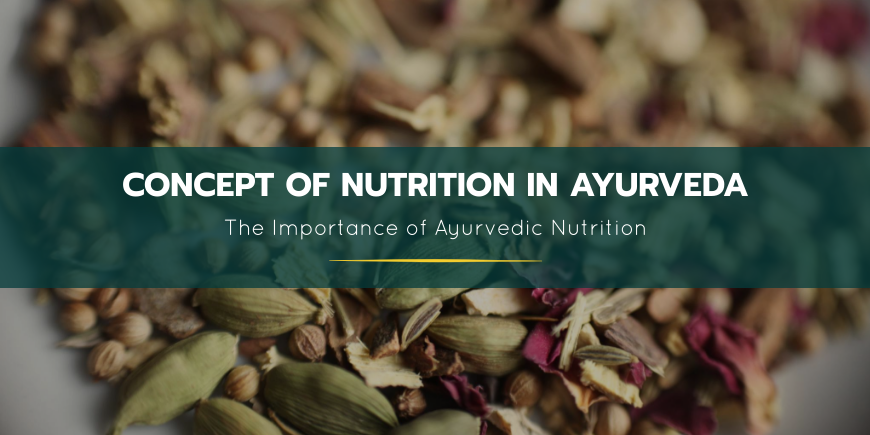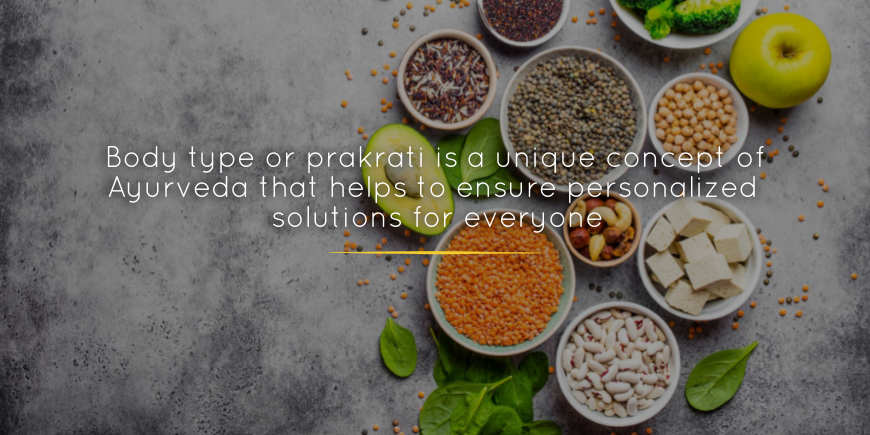
The concept of nutrition in Ayurveda starts with the body’s capacity to absorb food rather than the amount of nutrition present in the food. If you have good digestion, you can absorb better. On the other hand, bad digestion can prevent absorption of nutrition even from a health supplement. Nutritious food is important. However, the primary focus of Ayurveda is on maintaining a strong agni or the digestive fire.
Introduction
Modern nutritional science believes that more is better. If you have more nutrition in your food, you will have a better opportunity to absorb it. Hence, people are eating more and more health supplements today than food.
Today, most people in developed countries have much better availability of nutrition through fortified food products. Still, we find a steep rise in deficiency disorders in the past decades. Why is that so? A person with normal digestion can absorb anywhere from 10-90% of nutrition from the foods. So, if you have bad digestion, you will hardly get any nutrition from the most heavily fortified health supplement. But if you have the power to break down and extract nutrition, even a banana can give you more nutrition than a health supplement!
I am not against health supplements. However, there is an unnatural and unproductive marketing push that is important to avoid.
Summary
According to Ayurveda, the ability of the digestive system to absorb nutrition is more important than the amount of nutrition present in the food.
Appropriate Quantity
Master Charak says “matrashi syat” (eat in proper quantities). This is the first sutra in the chapter that deals with healthy dietary habits. Master Charak says that all nutrition from food is dependent on the agni or the digestive fire. Without appropriate digestion, it is impossible to absorb any nutrition.
And the way to have proper digestion is not through health supplements or even digestives. An appropriate amount of food is the best digestive. The digestive fire inside our body is similar to the physical fire. Master Charak says that eating extremely heavy food is akin to putting wet logs in a fire. The wet logs will not aid the fire, instead, they may extinguish it, producing a lot of smoke in the process. Similarly, “nutritious food” may extinguish the digestive fire, and produce more toxins from the under-digested food in the process.
He emphasizes proper digestion by saying that one should not eat even nutritious food in large quantities.
Modern science says that the more you eat, the better; esp. in the case of a malnourished person. However, Ayurveda differs here. For example, modern nutritional science would recommend a non-vegetarian diet for a weak person. However, Ayurveda says that a weak person should esp. stay away from a heavy non-vegetarian diet. Initially, he should eat light food and then gradually move to a heavy non-vegetarian meal. Logical!
To maximize energy and nutrition, we must first light the digestive fire.
Summary
An appropriate quantity is more important than the quality of food. With inappropriate consumption, even elixir can become poison.
Nutrition and Body type
Body type or prakrati is a unique concept of Ayurveda that helps to ensure personalized solutions for everyone. Ayurveda says that each person is unique. Therefore, digestive capacity and nutritional needs are also different for each person. There are primarily three types of prakrati or body types – vata, pitta and kapha.
Let us explore how the nutritional needs for each Ayurvedic body type are different.

Vata Body Type
Vata dominant people normally have a delicate digestive system. According to Master Charak, their digestive system is like a fire burning in a cold windy climate. This fire can be easily extinguished with slight carelessness in the dietary routine. Therefore, vata dominant people need more warm herbs like garlic, ginger, black pepper, etc. These herbs will increase the digestive capacity and rate of absorption. They also enhance the nutritional bioavailability of food. For example, black pepper increases the bio-availability of bioactive compounds present in turmeric.
Pitta Body Type
Pitta dominant people have a great digestive fire. They can easily break down heavy food. Instead, light food is not great for them, as it is not able to quench their massive hunger. So, bio-availability is not a great problem for pitta prakrati people. However, their strong digestive fire may burn down the nutrition and produce acidity, peptic ulcers and other digestive conditions. So, they need to consume more cooling herbs and keep their digestive fire under check.
Kapha Body Type
Kapha dominant people have the dominance of water and earth element. Both these elements extinguish the fire. Therefore, digestion of kapha dominant people is like a tortoise. It is stable but sluggish. So, kapha people may find it hard to digest and absorb nutrition from the food. They need warm, dry and light herbs to stimulate their digestion. These herbs also increase the overall bio-availability of the food.
Summary
The strength of the digestive system varies according to the body type or prakrati of an individual. For example, pitta people may have a great digestive strength, whereas vata people may have the most delicate digestive system.
Bio-availability in Ayurveda
Ayurveda has a special term called “pathya”. Accharya Charak defines pathya as a factor which is conducive to mind as well as body, so pathya diet could be understood as a diet which has beneficial effect on the body and mind but at the same time without any side effects on the body
There are many aspects of pathya. It may change according to the digestive capacity, age, health condition, lifestyle, mental state, climatic condition, and so on. Accharya charaka advocates following benefits of taking pathya diet, it promotes growth of tissue elements, nourishes body, promotes growth of tissue elements, clarity, good voice and improves intellect etc.
Let us take the example of yogurt to understand the variable bio-availability, depending on different conditions –
- Yogurt is heavy and produces warmth in the body as per Ayurveda. Therefore, it is highly recommended in cold seasons like winter. Traditional Indian recipe kadi, made with buttermilk (diluted yogurt) is a great preventive and curative remedy for common cold and cough. So, yogurt and buttermilk are pathyain winter.
- However, Ayurveda prohibits yogurt consumption after sunset. Yogurt is heavy and may lead to excess mucus production in the body. It may also increase susceptibility to phlegm-related disorders. So, yogurt is not pathya at night time.
- Contrary to modern belief, a person with weak digestion should avoid excessive consumption of yogurt as it is considered heavy to digest. So, excess yogurt is not pathya of a weak digestive system.
- Besides, a combination of yogurt with honey, sugar, salt or ghee increases the overall bio-availability of the nutrition available in yogurt.
The bottom line is that the bio-availability of yogurt is not a constant number. It changes according to time, quantity, season, body conditions, and multiple other factors. With the help of pathya recommendations, Ayurveda helps us to naturally increase the bio-availability of food and makes it more nutritious than health supplements.
Take Away
The bio-availability of a food substance is not dependent only on the caloric or nutritional content. We can measure the nutritional content of a food in a lab. But the internal conditions of the body are starkly different. The bio-availability of a food depends on the way it reacts inside the body.
Are you fascinated by the ancient healing practices of Ayurveda? Our Ayurveda Certification Course is designed to immerse you in this profound tradition and empower you with the knowledge and skills to promote wellness. Enroll now and embark on a journey of self-discovery and healing.
In the next blog, let us explore multiple factors that govern food incompatibilities and the most important food combinations to avoid.
I hope that this brief discussion on Ayurvedic nutrition encourages you to follow a healthy and natural lifestyle.
Responses